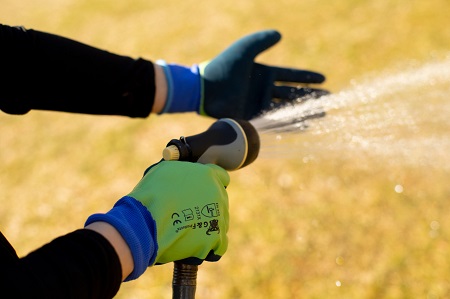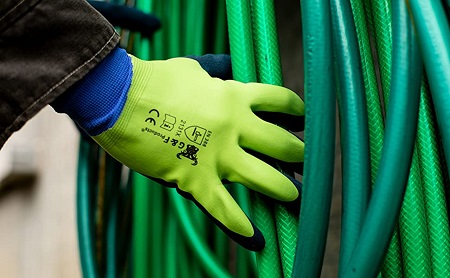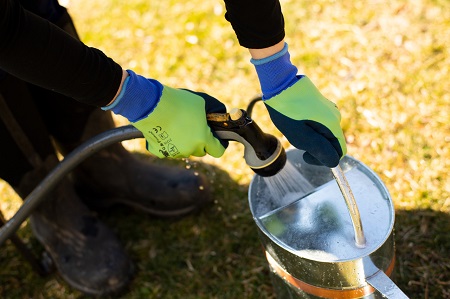An insight into the materials used in winter work gloves
Jan 18th 2024
Winter work gloves are an essential part of personal protection equipment in cold and severe weather. When the temperature drops and chilly winds blow through outdoor spaces, hands are vulnerable to a variety of dangers. Workers who are not properly protected have a higher risk of suffering from pain, getting hurt, and becoming less productive. Therefore, spending money on high-quality winter work gloves is essential for both comfort and safety in this demanding environment.
Winter work gloves are available in many different materials, each designed to provide a unique set of benefits depending on the jobs and working conditions involved. Wearing the appropriate winter gloves is crucial for protection and maximum performance, whether shoveling snow or participating in outdoor activities like trekking.
Have a look at the materials that are used in winter work gloves
Nitrile
Nitrile is a synthetic substance that has exceptional water resistance. Nitrile-coated gloves work well in keeping hands dry in wet winters. Moreover, precise item handling is made possible by the great tactile sensitivity and general flexibility of nitrile gloves.

Polyvinyl Chloride
PVC gloves are well known for being strong and adaptable, and they are carefully made to withstand a range of environmental situations. Beyond only being durable, these gloves often include insulating elements like fleece or thermal fabrics. Because of their well-thought-out design, PVC gloves offer not only strong protection but also the extra benefit of warmth, making them a great option for people who work in cold and difficult settings.
High-visibility materials
Some winter work gloves incorporate features that improve visibility in low light, such as reflective strips or bright colours, which improve workplace safety.

Goatskin
Goatskin, a material well-known for its softness and flexibility, provides exceptional dexterity and tactile sensitivity. It is hence a good fit for jobs demanding accuracy.
Overall, the best material choice for winter work gloves is determined by the jobs involved, the surrounding climate, and the job's safety needs. By being aware of the benefits and features of each material, workers can make well-informed decisions and guarantee that their hands are adequately protected when working in the cold.
In addition to preventing blisters and abrasions, the strengthened palms of the gloves also add to their general strength and longevity. Workers are free to make decisions that suit their work conditions, which guarantees their comfort and safety when performing winter jobs.
Invest in high-quality winter work gloves that can reduce the need for replacements, thus saving you money in the long run. This dedication to producing gloves of the highest quality provides long-term protection along with durability, comfort, and safety in cold weather.

